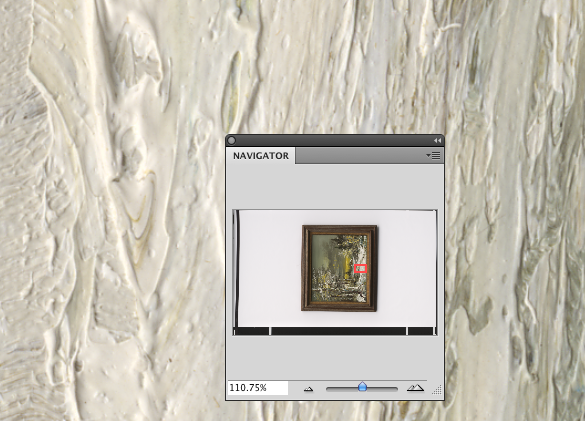The Synchron lighting on the Cruse Scanner is arguably the most powerful piece of the entire puzzle. Whenever you try to light a large area with conventional lighting you’re fighting basic Physics- notably the Inverse Square Law. In case you slept through that class, (as I did), here’s the rundown: Light intensity is inversely proportional to the square of the distance from the light source. Want it in plain English? Light intensity, or brightness, drops off really really fast as you move away from the light. If you’re lighting an area that is four feet across, and have a light source set up on one side, the nearest side is going to get a ton more light than the far side. If you have two lights, one on either side, as most copy setups are designed, it helps, but just by overlapping two uneven spreads of light, and trying to cancel out each spread’s unevenness.
With the Cruse, you’re working with long, strip lights that are even from end to end. In addition, every point of sampling in the entire scan is the same distance from the light source- simply because the work moves under the lights. Every single sample point in the entire piece is, say, 12″ from the light bank. You can’t get more even than that.
So here’s the challenge. We want to side-light a painting so we can see shadow and highlight on the brush stroke. If we light it with a conventional copy setup, you’re going to have a big bank of lights on one side, and the piece is going to be brighter on one side and darker on the other. The only way to fix that is with Photoshop, or a program that is specially designed to even out uneven lighting. Not with the Cruse.
Here’s a sample of what the lighting looks like, using the left bank of the Cruse Synchron lights:
Perfect- we get nice side-lighting on the brush strokes (actually top lighting, from the point of view of the painting…). But is it even across the whole painting? Take a look.
Not only the whole painting is within a couple of points, but the entire bed of the scanner- 48″ x 72″- holds incredibly tight tolerances. Not only that- it does it every time. You don’t fuss with lights and hope for the best- the system is set up and calibrated to be spot-on.

